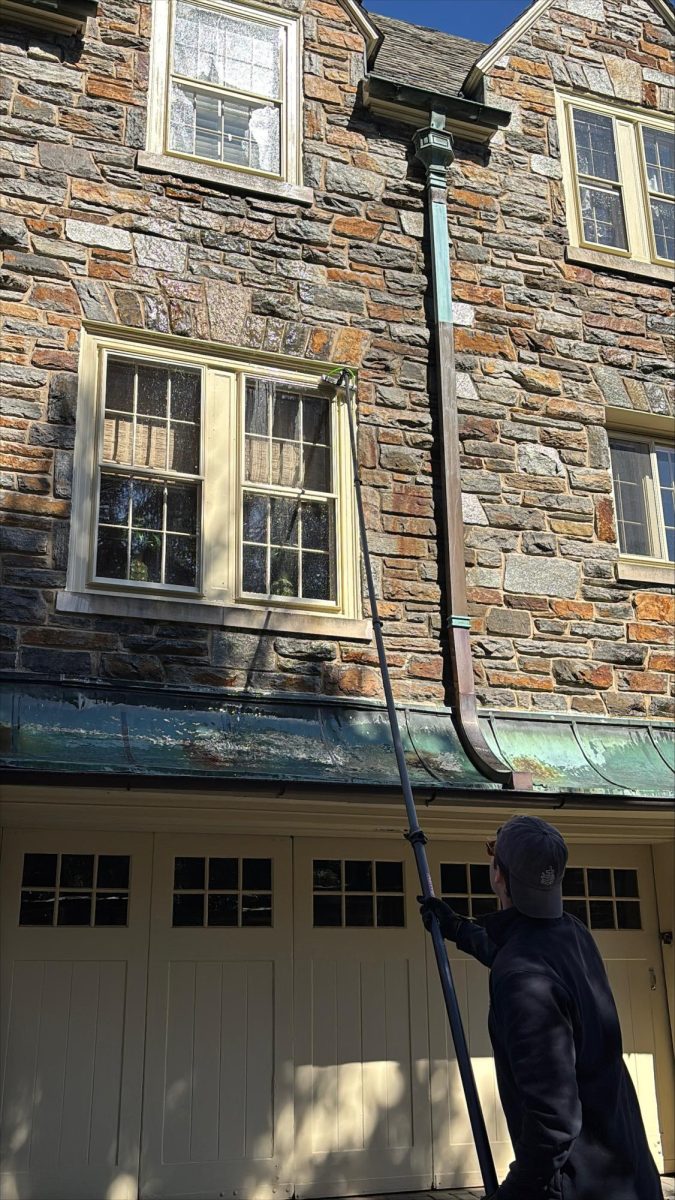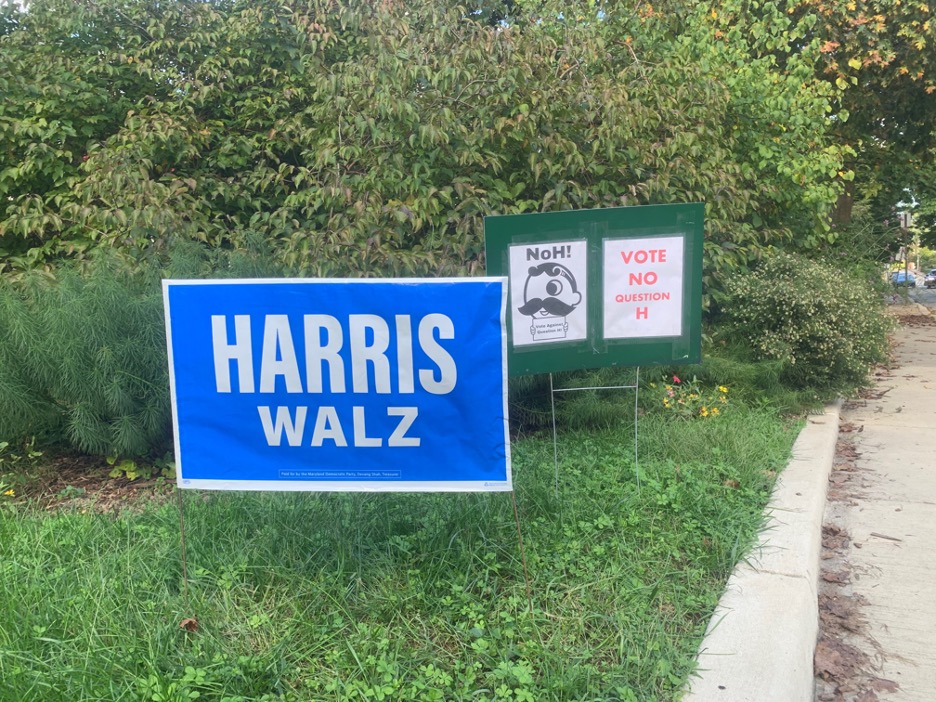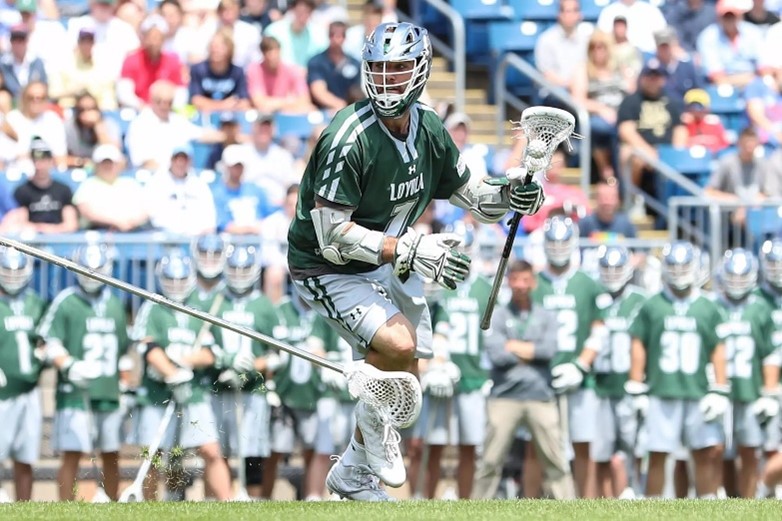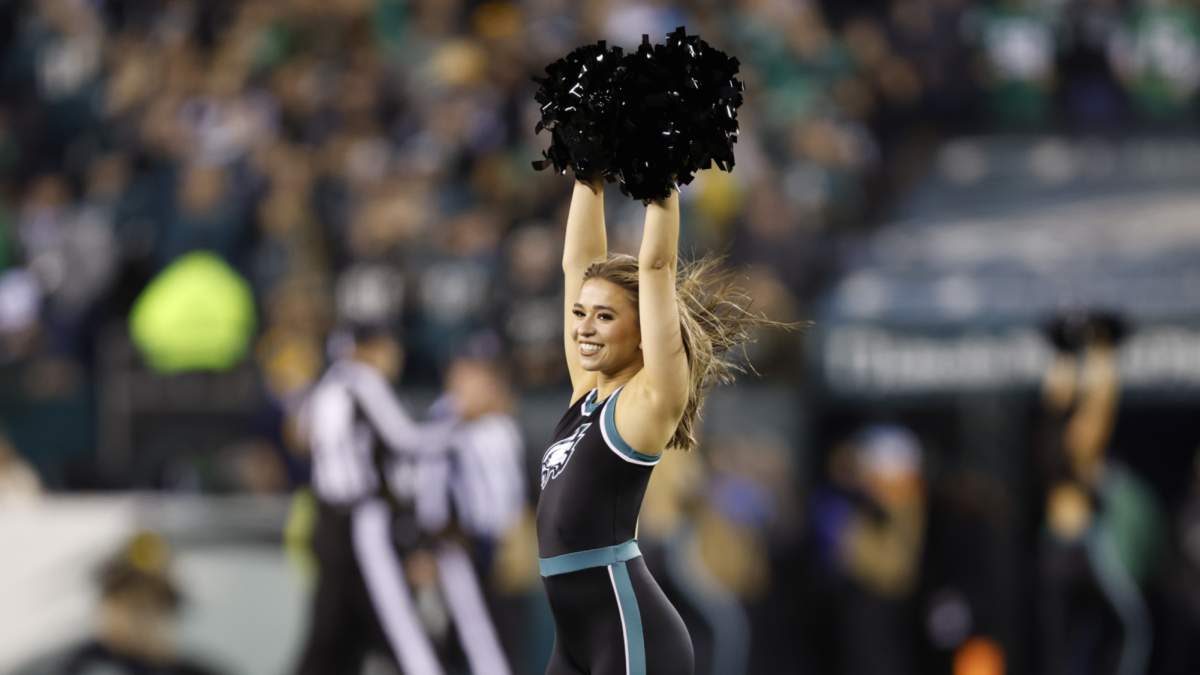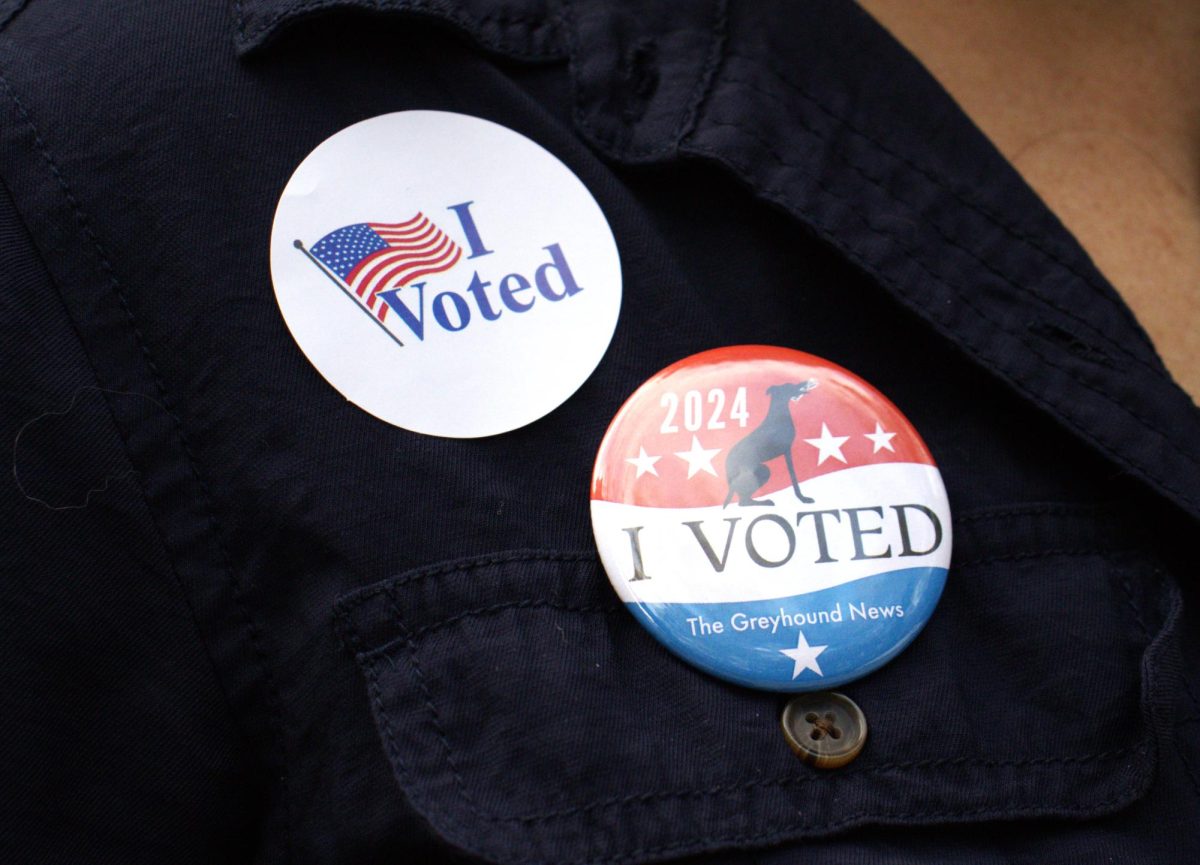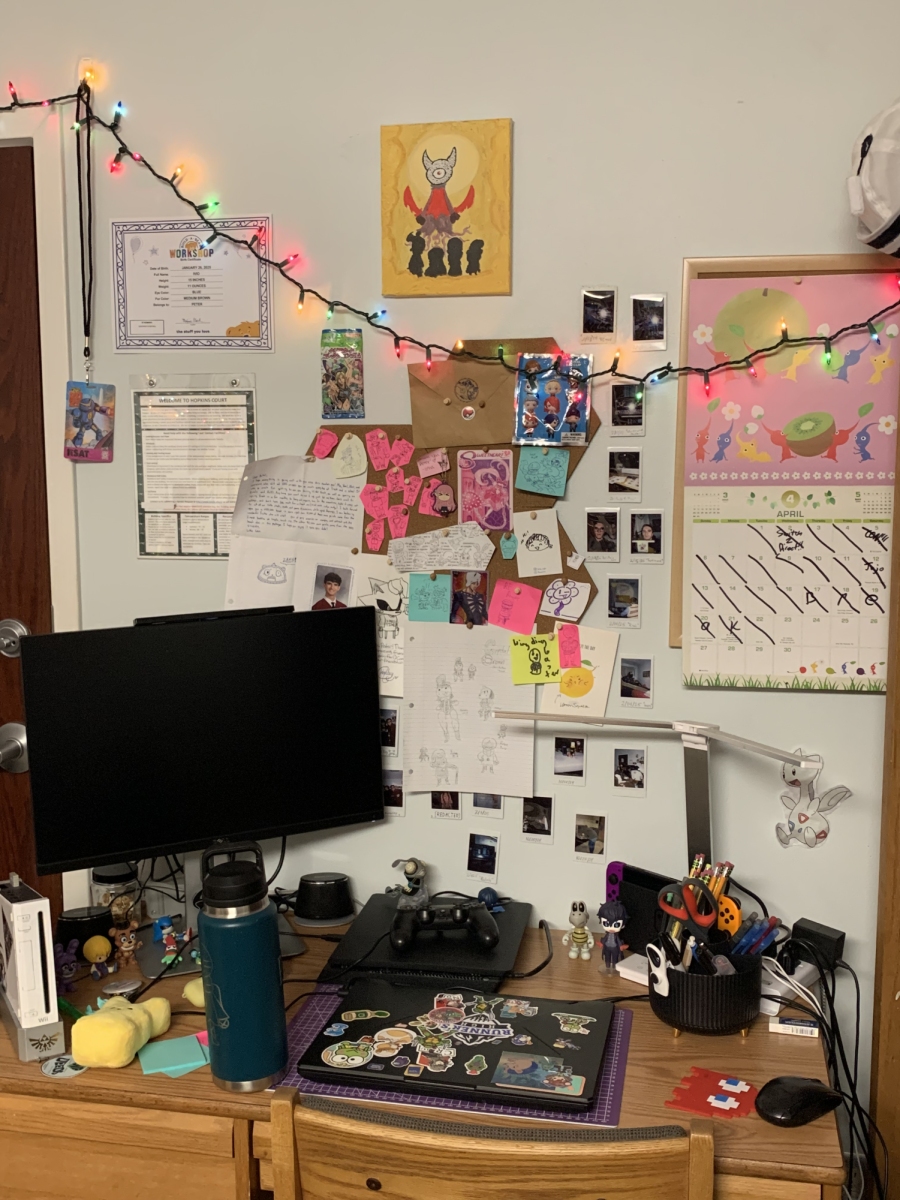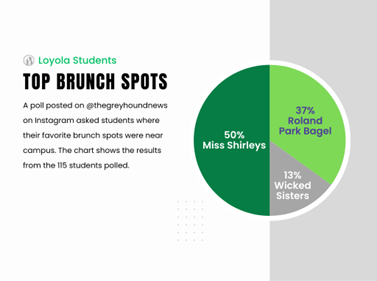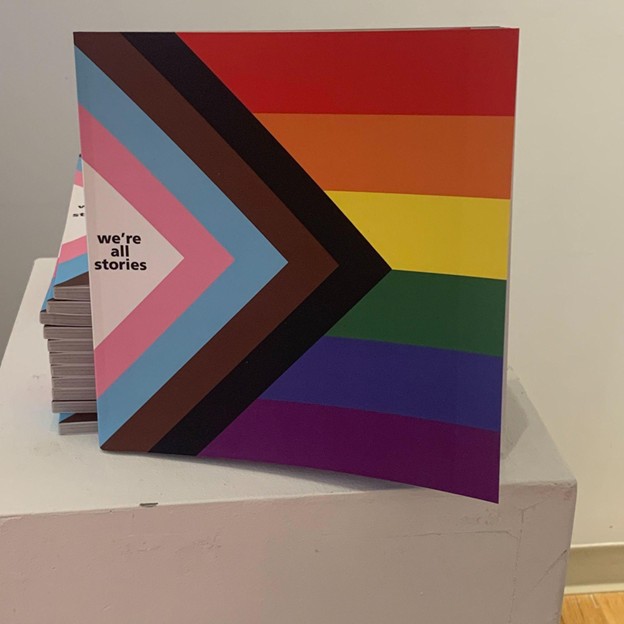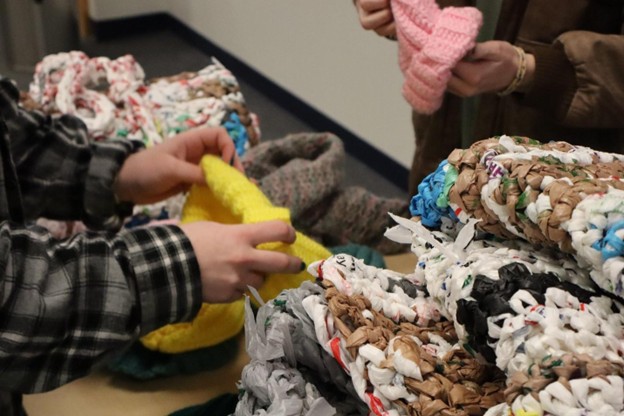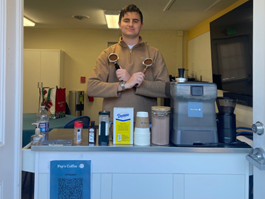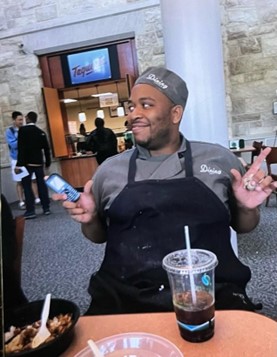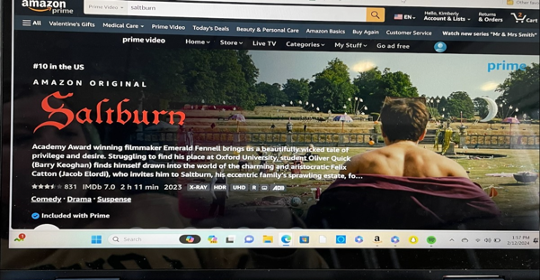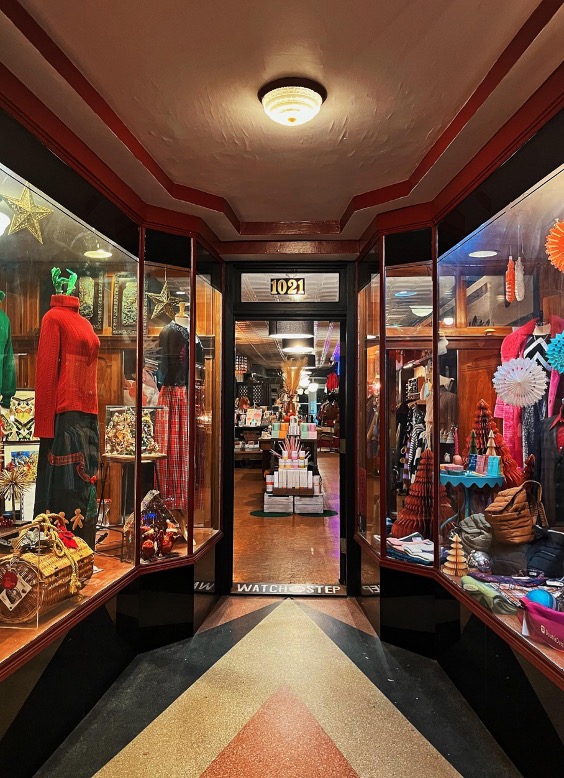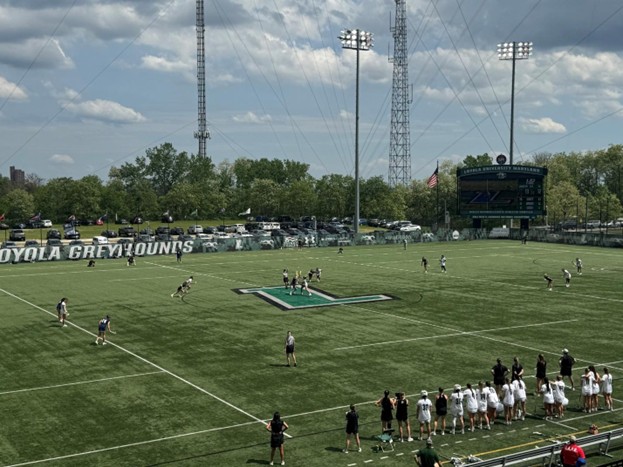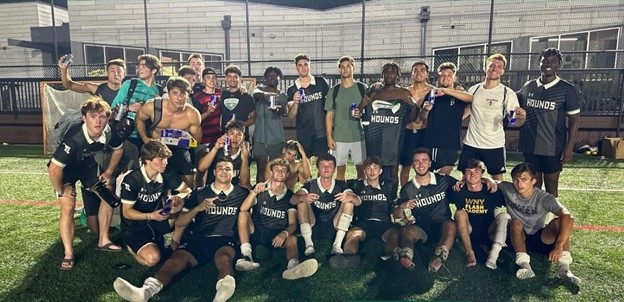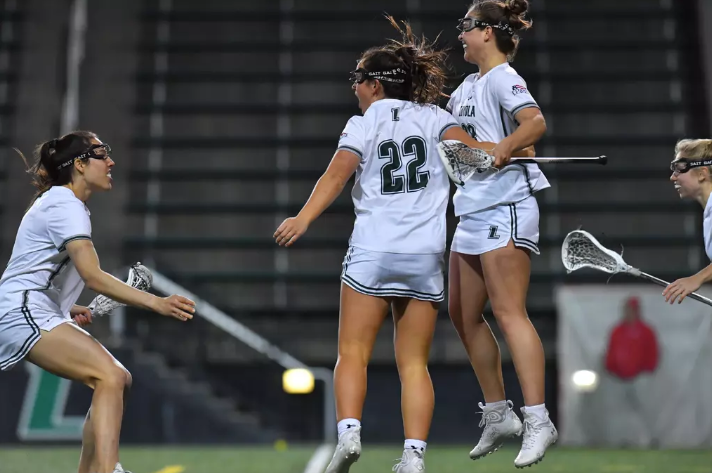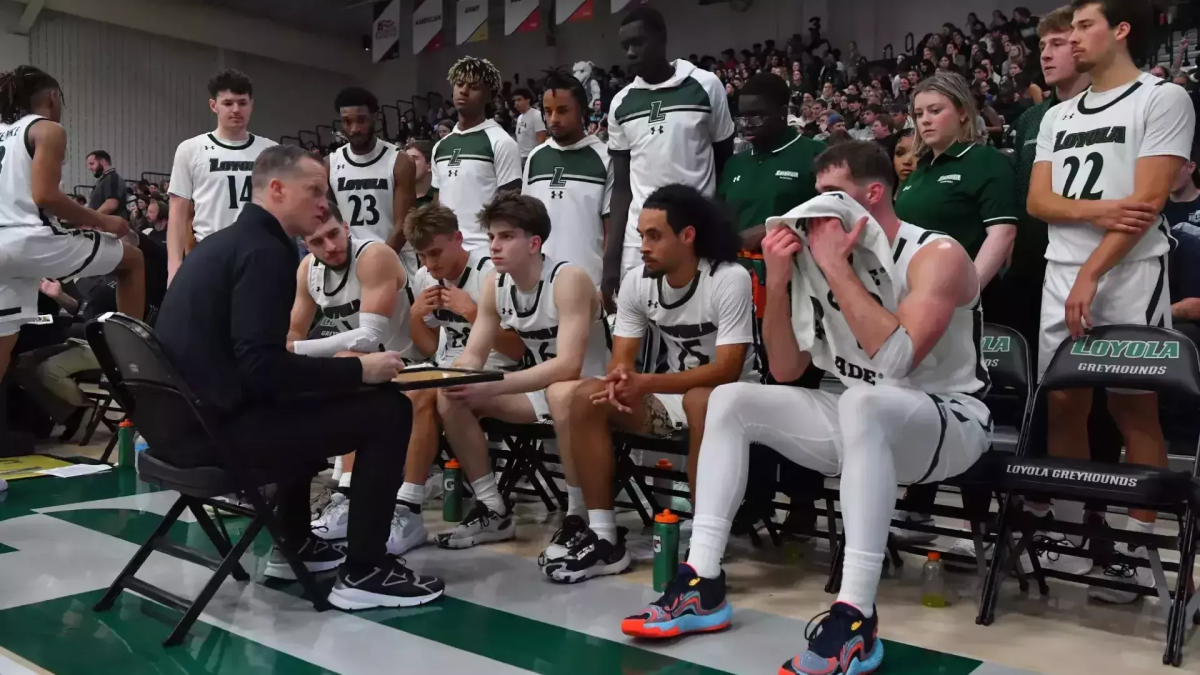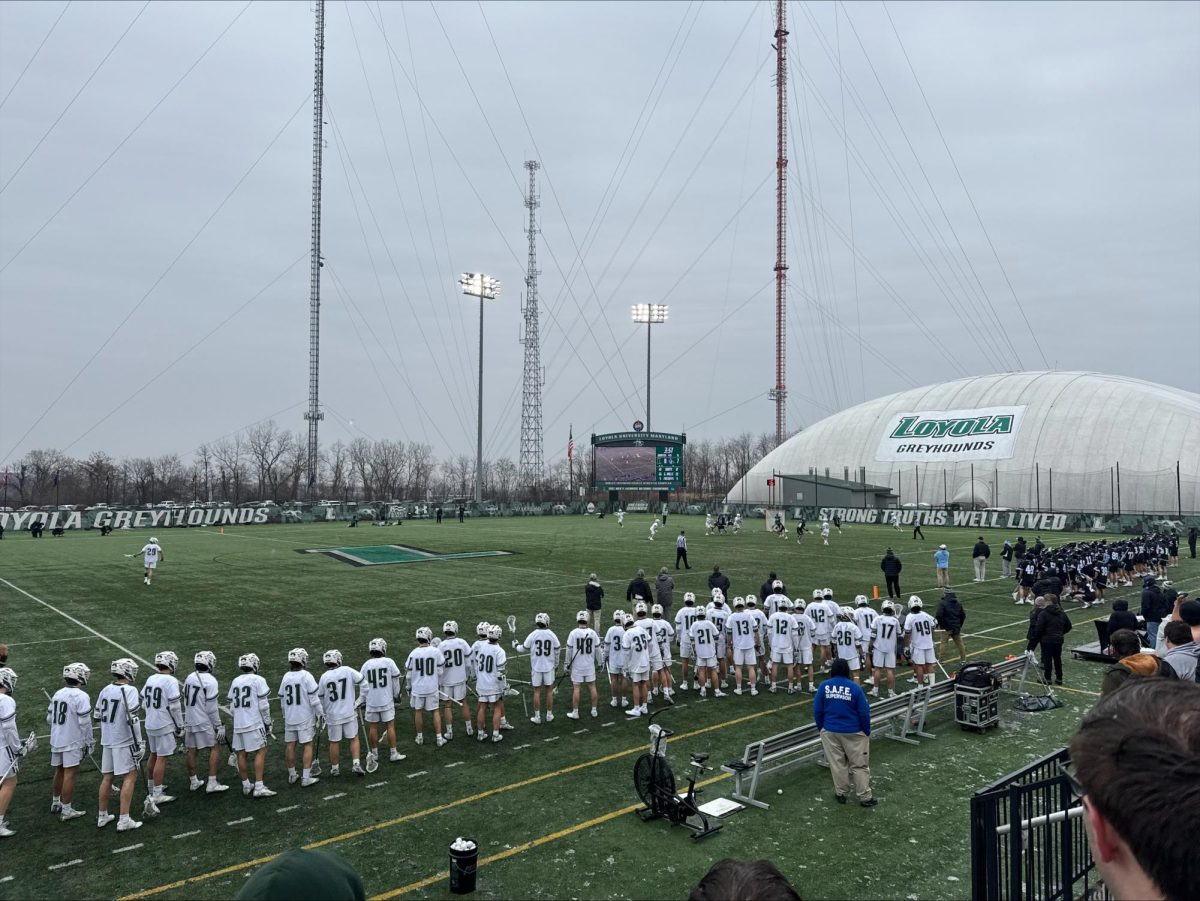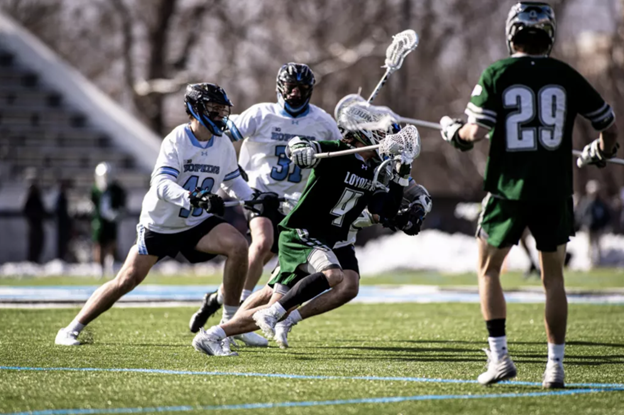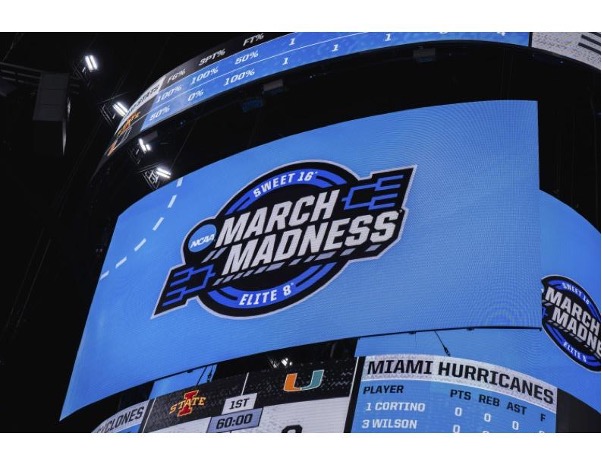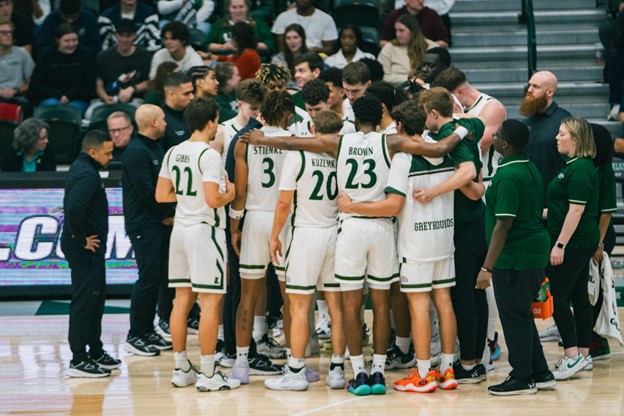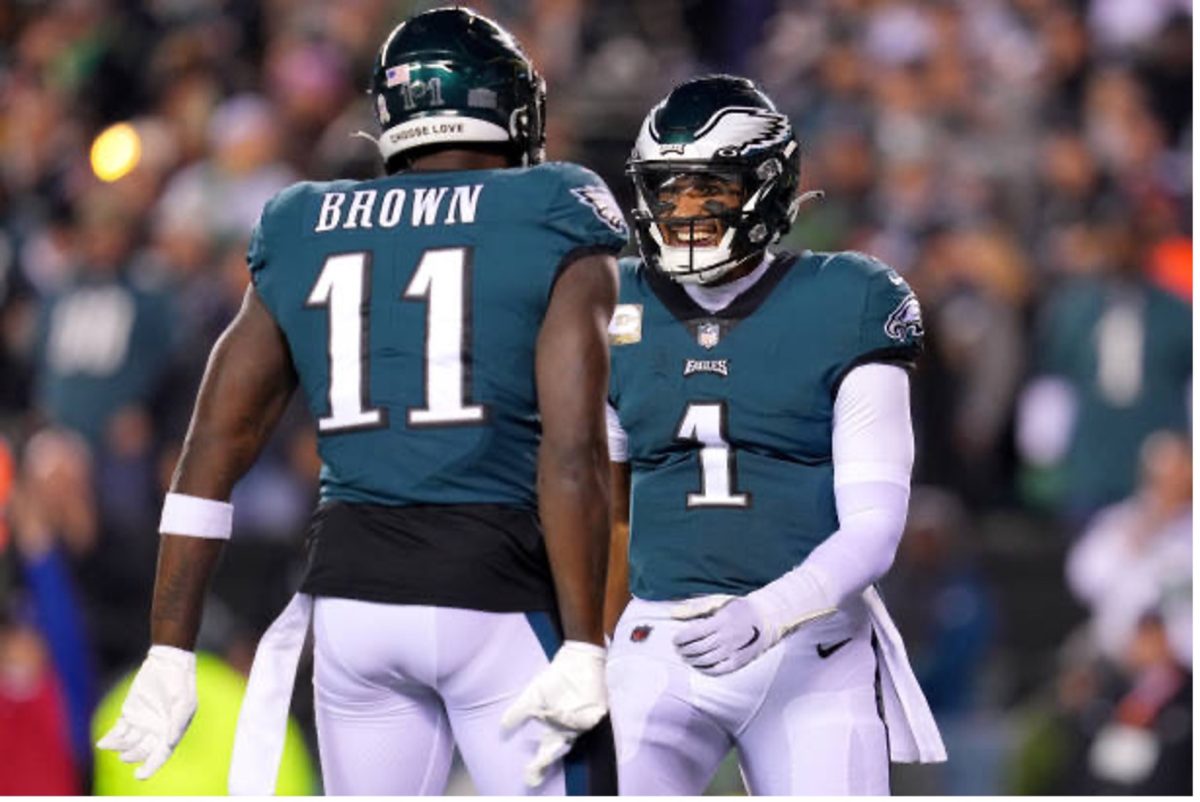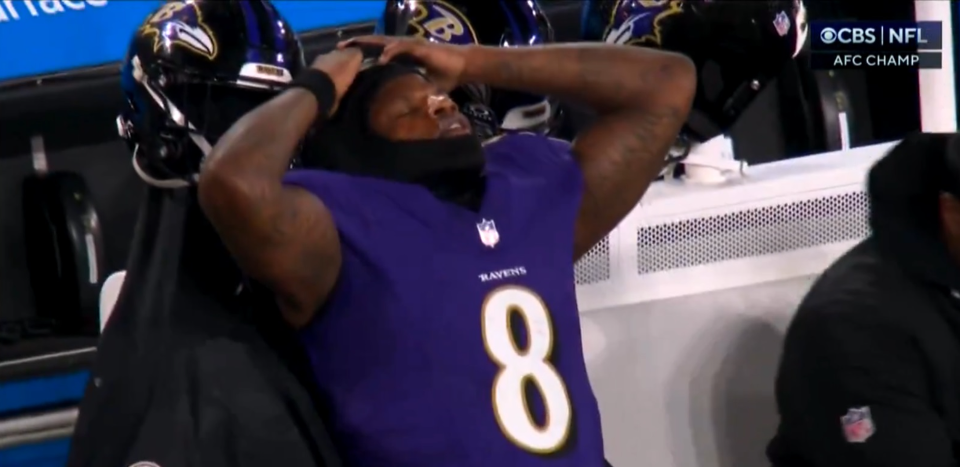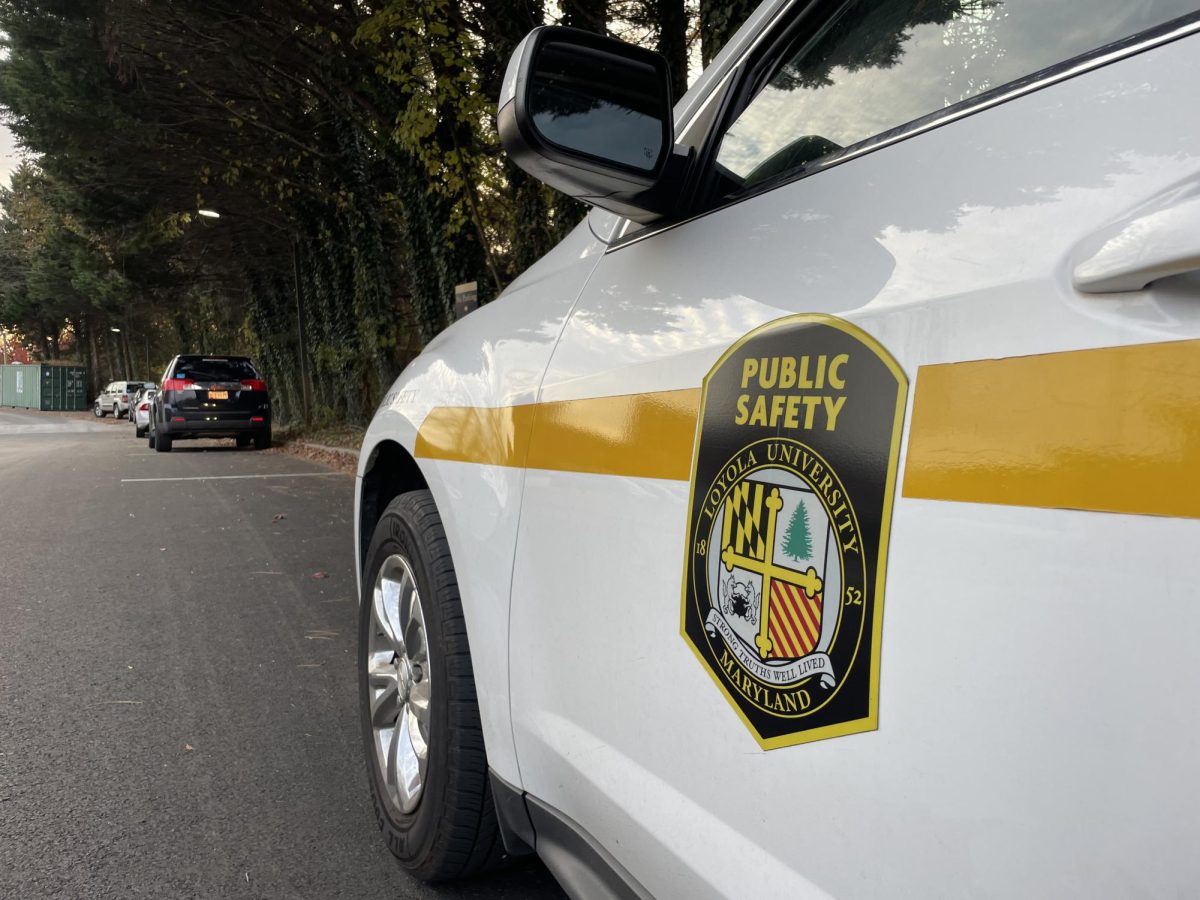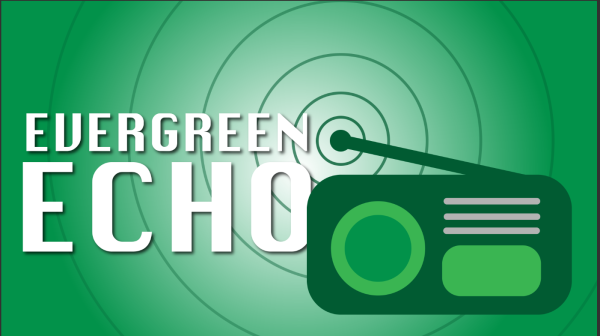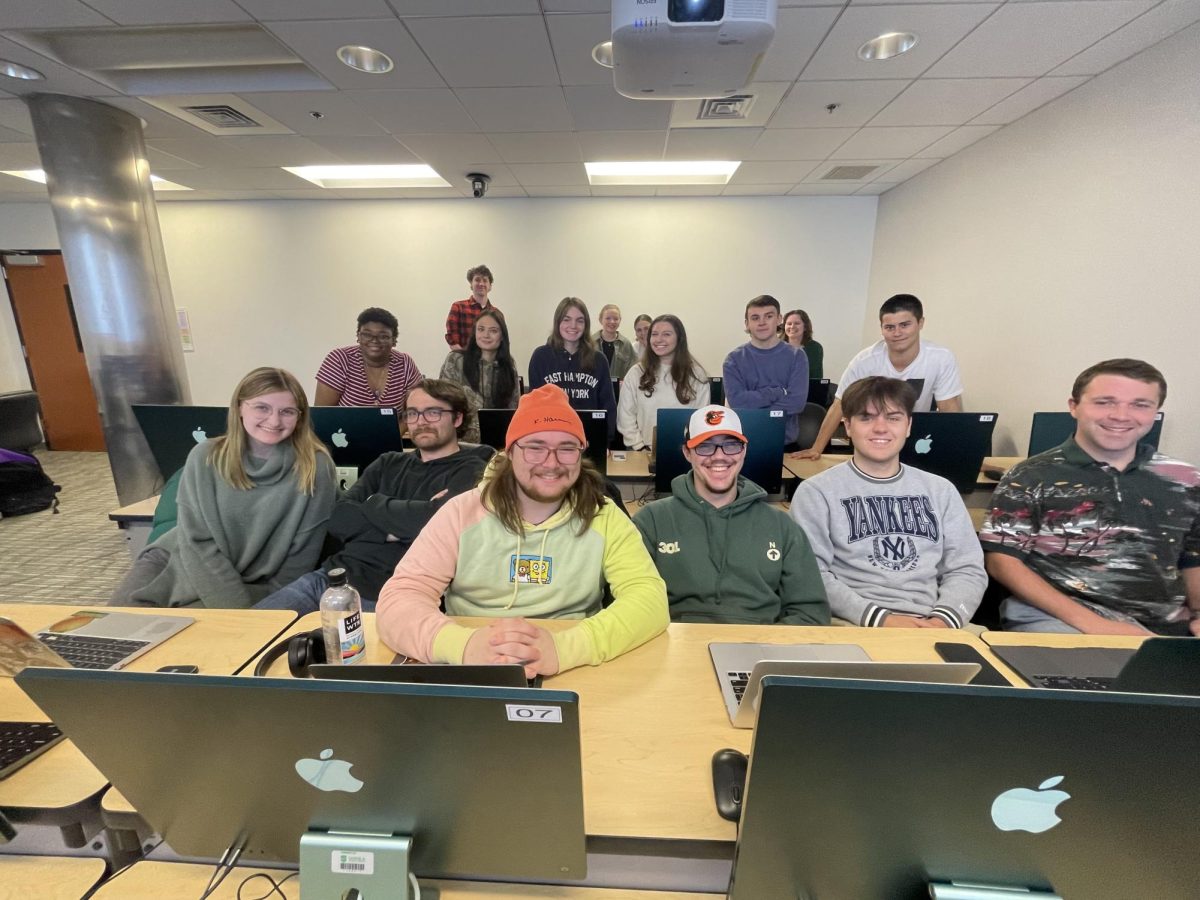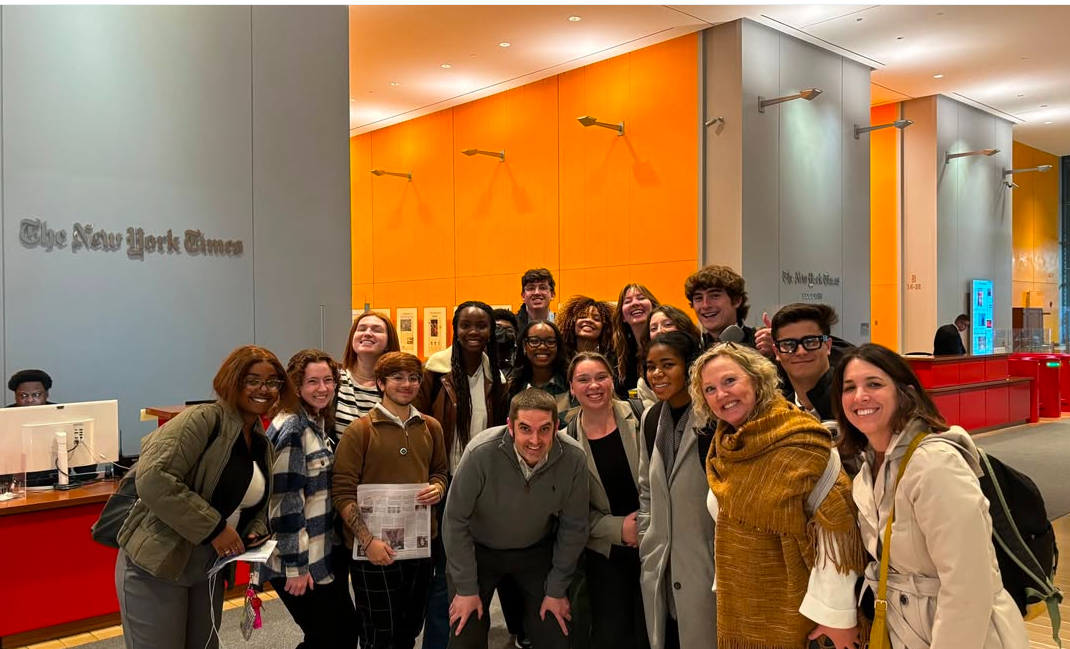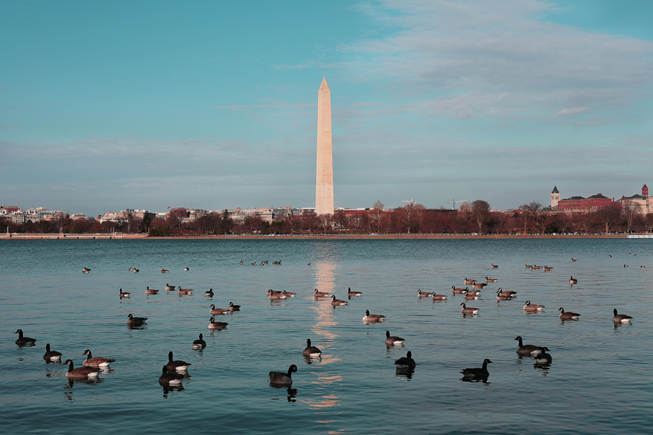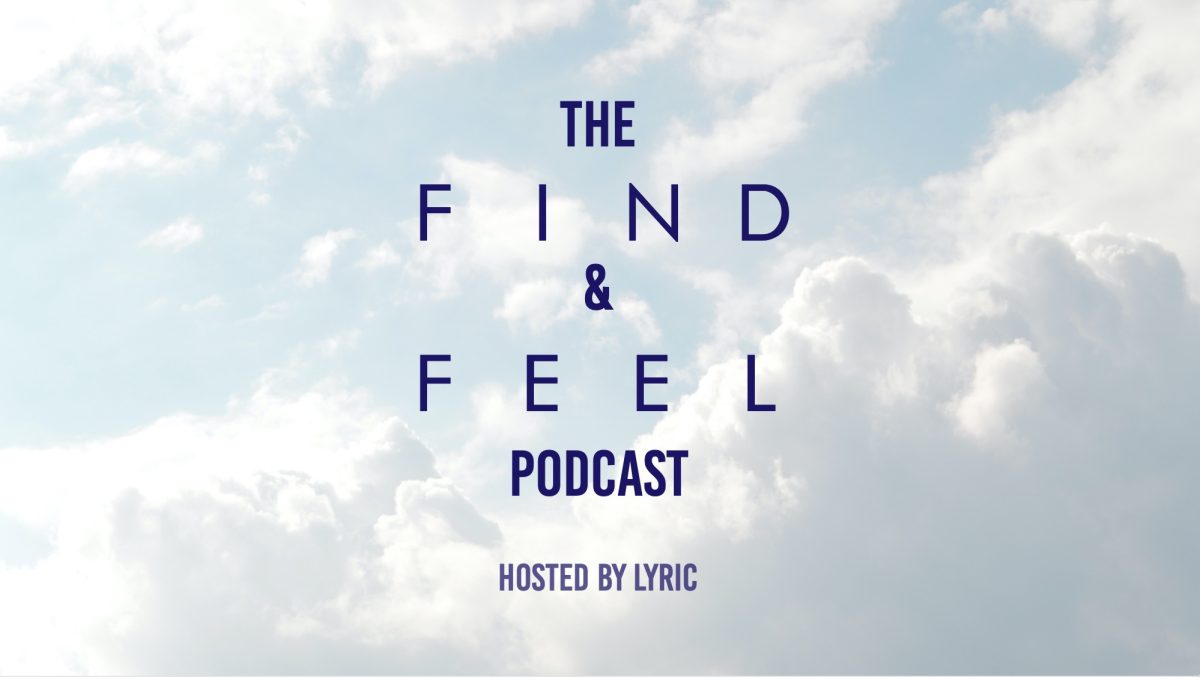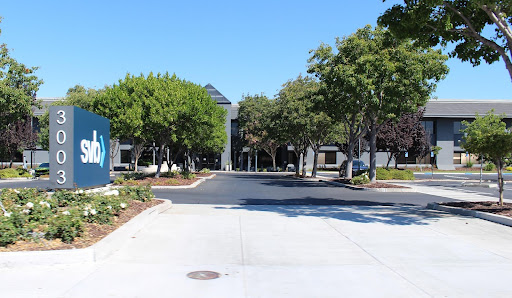Nationwide Bank Bailouts: How Safe is Our Money?
The following represents the opinion of the student reporter and does not represent the views of Loyola University Maryland, the Greyhound, or Loyola University’s Department of Communication.
In simple terms, a bank run is the process of many companies and individuals placing their funds into a large central bank. The bank promises to pay each company or individual back more than the party initially invested. A major factor that can cause a bank run is poor spending habits of the bank. The central bank does not always have in liquid assets the net sum of what was paid into the bank by companies or individuals. This is not irregular in the industry, almost all major lending banks do not have, at any one time, the net sum of all investments. This is almost never a problem, except when every person who has deposited their money into the bank wants it back out at the same time. The bank cannot physically afford to pay out all of the withdrawals.
That’s what happened on March 10. Federal financial regulators revealed that they were taking control of Silicon Valley Bank (SVB), the 16th largest lending bank in the United States. SVB was a casualty of an unchecked bank run.
This occurrence happened to SVB on a much larger and more complex scale. The Federal Deposit Insurance Corporation (FDIC) took over control of the bank due to the major threat this posed to the economy. The FDIC announced that SVB had $209 billion in assets and $175 billion in deposits at the time of the collapse.
This bank run has become the largest financial collapse since the 2008 deep recession. Additionally, this bank collapse has larger ties to tech and social media. Firstly, Silicon Valley is known as a tech startup hotspot, an extremely lucrative industry. Some of their biggest accounts were Etsy and Roblox. Secondly, this run was mostly driven by Twitter users exposing the bad investments of SVB. This created a frenzy effect and plunged the stock price of the bank by 60 percent.
This social media turmoil had the larger effect of inciting other customers to attempt to withdraw their money from other banks. Signature Bank, based in New York City, also failed on March 12, following the frenzy of SVB. Following these, First Republic Bank became very close to collapsing, needing a bail-out from JP Morgan Chase.
President Biden attempted to alleviate the concerns of the citizens in a statement on the 13th.
This statement has, however, further charged the people. News broadcasters and social media advocates have begun to fear for the safety of their money. Like both Silicon Valley Bank and Signature Bank, lenders have extended nearly unchecked lines of credit.
Most experts agree that the likelihood of an imminent collapse of the entire United States Banking system is outlandish. However, there are some effects that will be felt across the economy. Goldman Sachs lowered their 2023 economic growth forecast by 0.3 percentage points. The stated reason for their reduction is the likelihood of decreased lending from small- and medium-sized banks. This may cause slower economic growth for the nation and could possibly trigger a deeper recession. Secondly, this will drive up interest rates surrounding mortgages and loans. Since the start of 2023, rates have spiked in an attempt to combat inflation.
These failures will tighten the purses of banks trying to not replicate the behavior of both Signature and SVB. In addition, the money spent by FDIC regulators is not unlimited. The funds are appropriated from U.S. taxpayers and will need to be replenished. This could result in higher tax rates, more inflation, and increased foreign debt. Lastly, these two incidents could have the opposite effect on large banks in the United States. Some experts have speculated that large banks in the United States may begin to view themselves as “too big to fail.” They may continue to operate without proper prudence and rely on U.S. bailouts.
Loyola students are concerned with the safety of their money. Erin Conn ‘23, a senior at Loyola, is quite concerned with the status of the United States banking system. She says,
“As a student, I could be concerned over smaller banks tightening up on loans. These loans are potentially vital to continue my education.”
In contrast, a younger student, Colin Bresnahan ‘26, is less concerned about the instability of the banks.
“While it’s definitely somewhat worrisome, the banks which have collapsed were pretty badly mismanaged, but the larger commercial banks still are in pretty good shape and I don’t think it’s necessarily a systemic problem that should lead to a financial collapse.”




